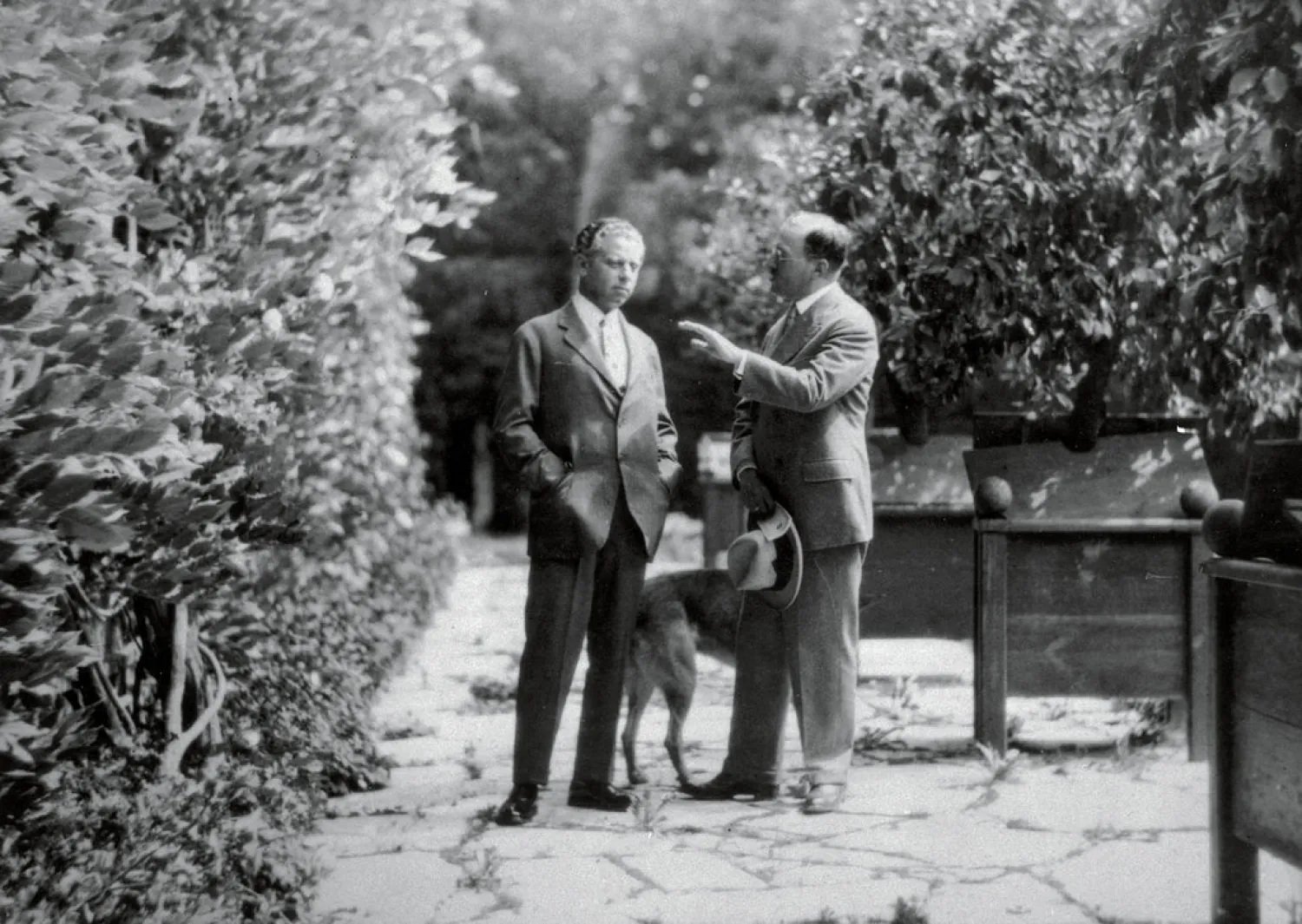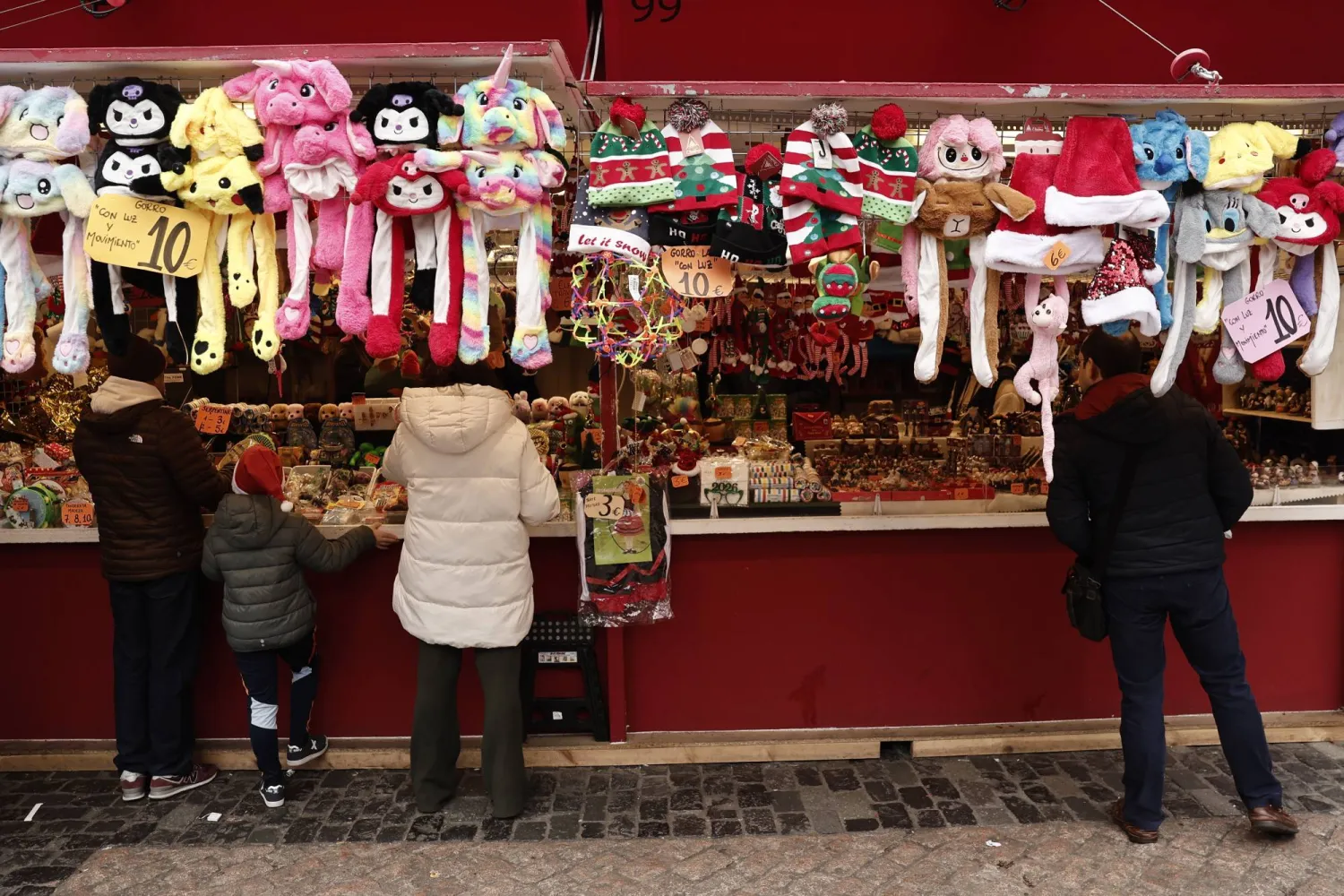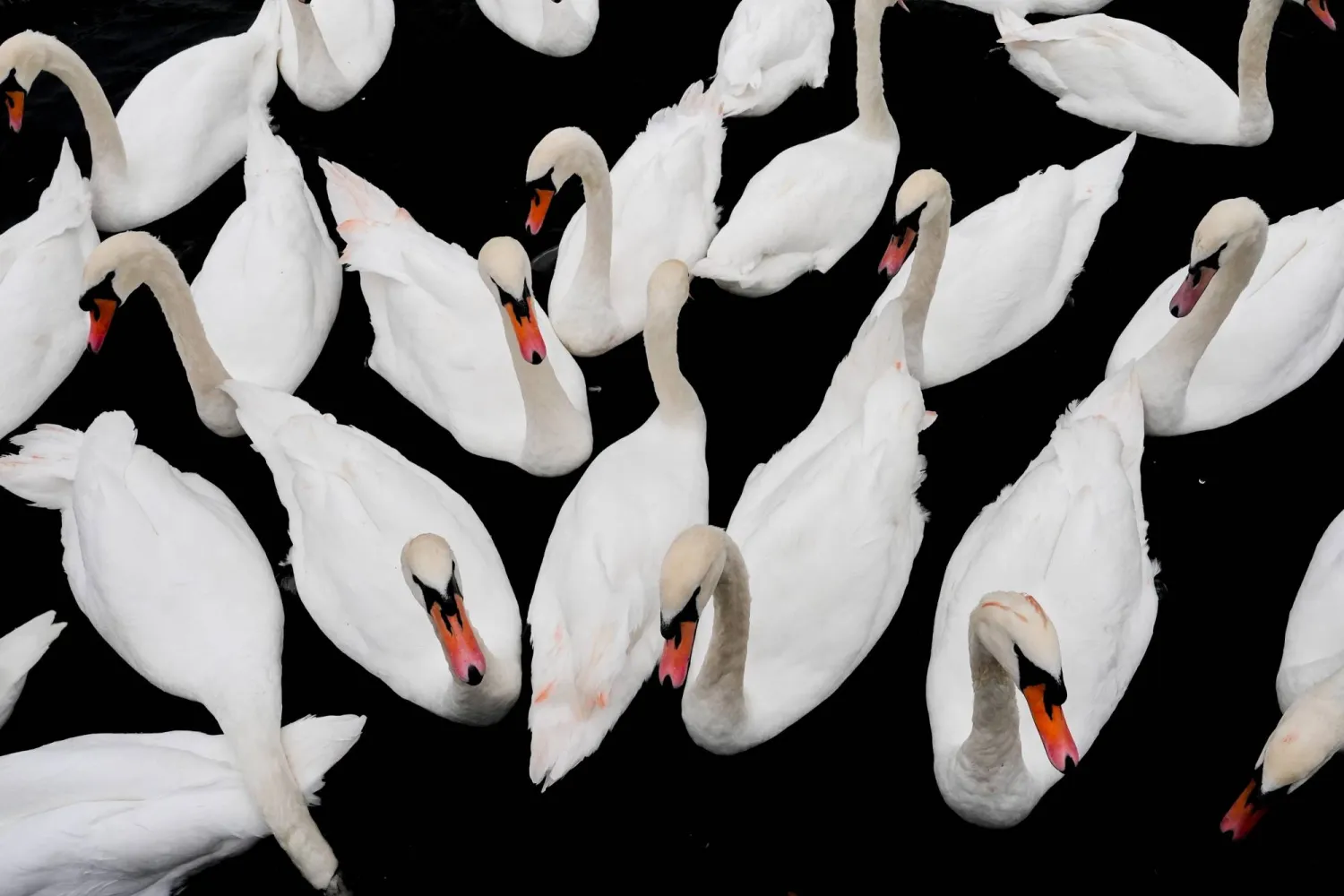From central Salzburg, it is a short but scenic bike ride — with the Eastern Alps as a breathtaking backdrop — to the 18th-century rococo palace of Schloss Leopoldskron. While it may not look very notable from the road, from the lakeside it is a spectacular vision of manicured lawns, hedges and giant trees.
The palace has also served as a setting for famous moments in the region. The Salzburg Festival was conceived here almost 100 years ago. During World War II, the palace was taken over by the Nazis as a summer residence.
The rowboat scene in “The Sound of Music” was filmed here in 1964, on the adjacent Meierhof property, while the ornate Venetian room inside the palace was meticulously recreated on a soundstage in London as the ballroom in the film. In 2014, it was the setting for both Chanel’s December 2014 métier d’arts fashion show and Melinda Gates’ 50th birthday party.
But possibly its most important function is as the home of the Salzburg Global Seminar, a nonprofit organization that hosts programs on topics from climate change and health care to the role that the arts can play in community development.
This month, for example, the seminar is holding a two-and-a-half-week program titled “The Cost of Disbelief: Fracturing Societies and the Erosion of Trust,” where 75 journalists and media experts through presentations and workshops will examine the current role of media in a world where many now believe truth is subjective.
Since its founding by two Harvard students and an instructor in 1947 under the premise of being a “Marshall Plan for the mind,” luminaries have attended workshops and lectures and discussed some of society’s most difficult and pervasive questions. Past participants include Kofi Annan, the former United Nations secretary general; Hillary Clinton; Justice Ruth Bader Ginsburg; and Kristalina Georgieva, the World Bank’s chief executive.
The palace also operates as a high-end hotel that is owned by the seminar. Though the property is private, it is open to the public a few times a year, and it is the location for the Salzburger Landestheater’s “Shakespeare im Park” every summer.
Guests can stay in either the recently refurbished rooms in the Schloss or on the Meierhof property right next door. They can also see the horse statues that the Von Trapp children ran past on their way to greet their father in “The Sound of Music.”
“We are a well-kept secret in some respects, while in others we are becoming better known publicly,” said Stephen Salyer, the seminar’s president and chief executive. “We are trying to walk the line between keeping this place special, maintaining enough privacy for the conversations we want to have, and on the other, we are a nonprofit publicly oriented institution, so we want to welcome people from every walk of life.”
Construction on the family estate for Leopold Anton Freiherr von Firmian, the prince archbishop of Salzburg, started in 1736, and after his death, Count Laktanz — who was one of the first sponsors of Leopold Mozart and his son Wolfgang — moved in. Over the course of the 19th century, the home was owned by King Ludwig II of Bavaria and a well-known Salzburg banker, and later by two waiters who tried to run the palace as a hotel.
By the time Max Reinhardt, the Baden-born film and theater director, took over the Schloss in 1918, it was in a desperate state. He spent the next 20 years lovingly renovating everything from the Venetian room to the stunning Library and Marble Hall.
Mr. Reinhardt put on site-specific theater productions in the Schloss, and it became a place where writers, composers, actors and designers from Europe and abroad would converge for conversation and inspiration. It was in the Schloss where Mr. Reinhardt, the composer Richard Strauss and the poet Hugo von Hofmannsthal came up with the idea to create a music festival that they hoped would bring people together from across Europe who had been at war. (Mr. Reinhardt, who was Jewish, later fled to the United States after the annexation of Austria by the Nazis in 1938.)
“When I think of our institution, I think of cycles of power, persecution and renewal,” said Clare Shine, the seminar’s vice president and chief program officer. “So after the Victorian age of dilapidation of the Schloss, Max was an act of renewal at the end of the First World War. And then came the cycle again of persecution and the Nazis and the Schloss. And the act of founding the seminar was an act of renewal, courage and risk-taking.”
Over the years, the Salzburg Global Seminar (originally called the Salzburg Seminar in American Studies) has grown from one-off workshops to multiyear, multicomponent projects.
“When you are looking at a world that is increasingly complex, volatile, unequal, you want to be able to go deep into that complexity,” Ms. Shine said. “We work in interdisciplinary and inter-regional way, and by committing ourselves to say we are going to put a stake in the ground for five or 10 years around this particular area of transformation. That gives us the flexibility to bring disrupters, establishment figures, different types of partners together on an organically-evolving basis and that feeds right through in how we think about impact.”
After each seminar, a report is put together by participants (who become fellows). Fellows have produced work on everything from creating a Pan-African educational project on countering extremism to teaching coexistence and peace building through the arts. The institution’s archive was transferred to Harvard two years ago.
“What was transformative about the seminar was spending time getting to know other professionals in the field of arts and culture coming from all around the world, and gathering to reflect together,” Phloeun Prim, the executive director of Cambodian Living Arts, a cultural organization based in Phnom Penh, wrote in an email.
“There was so much more than talking — it wasn’t the typical conference where you go and listen, but you had to participate in a meaningful way.”
The New York Times









